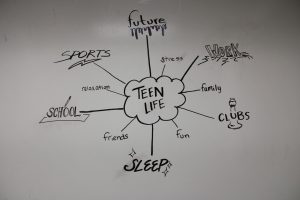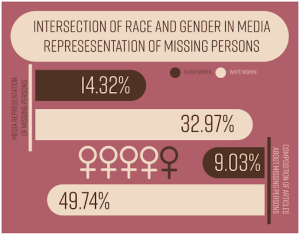Government Shutdown
February 8, 2019
On December 22 of 2018, the longest government shutdown in United States history began. Without pointing any orange, presidential fingers, the government shutdown was, according to Denise Lu and Anjali Singhvi of Wall Street Journal, affecting approximately 800,000 federal employees and, would eventually, run dry every government agency in the United States. On January 25 of this year, the President signed a bill reopening the government for three weeks. The government shutdown was a severity and we all know that the lives of government workers, their families, and eventually all of us could have potentially been greatly impacted. And not for the better. It will be important for the youth in America to be knowledgeable of these issues, so that when the time comes, youth can influence and change the way conflicts are handled in the future. So, let’s pick apart the longest government shutdown in United States history.
The definition of a government shutdown is when the “nonessential” agencies of government are closed due to disapproval of the federal budget for the upcoming year. In other words, our Mr. Executive has requested a sum of money, something around $5 billion dollars, in an effort to build a humongous wall across the Mexican border to keep out all those dastardly immigrants. Our political friends in Congress denied this budget and have since then been in dispute.
When the shutdown began, the major agencies affected were the Departments of Agriculture, Commerce, Homeland Security, Justice, Transportation, and the Environmental Protection Agencies, among others. The Food and Drug Administration also stopped routine inspections and sent home workers without pay. The Bureau of Indian Affairs, which acts as law enforcement and disaster relief on Native American reservations, stopped paying over half of their employees.
Ed Leefeldt of CBS News stated that experts estimate a short-term closure for 800,000 government workers would, “erase at least $24 billion in economic activity and trim the nation’s gross domestic product by 0.4 percent.”
On January 2nd, the Smithsonian museums and the National Zoo closed to the public. The next day, The National Gallery of Art followed suit. On January 8th, one of the Hubble Space Telescope’s main instruments stopped functioning. It will not be fixed–nearly all of NASA has been sent home without pay. By February, according to Jeff Daniels of CNBC, California’s entire economy could have been at major risk.
“California has more federal workers than any other state…at a time when the state’s agriculture is already reeling…state economy could start to feel pronounced pain from the shutdown” Daniels explains.
And that’s a near future effect. Experts at the Washington Examiner reveal that if the shutdown had lasted too long, the United States’ economic growth would have been equivalent to zero percent. Eventually, in addition to all of this, workers from the Centers for Disease Control and the Federal Aviation Administration would have been sent home as well. Not only could we have the opportunity to watch the American economy fall to pieces, but we would additionally have the opportunity to witness it behind a surgical mask. Despite these disastrous possibilities, President Trump stayed strong is his stance for support of the shutdown proclaiming, “We’re going to stay out for a long time if we have to.”
President Trump temporarily stopped the 35 day shutdown, and reopened the government on January 25. If a solution to Trump’s proposition does not reveal itself in Congress by February 15th, America will be back on for shutdown round two.
And as if thousands of government employees have not at all been affected by the lack of paychecks in their mailboxes, White House spokeswoman, Sarah Sanders, faces the slow disintegration of American economics and morale with unfaltering optimism.
Sanders exclaims, “We are focused on the long-term economic goal of the [Trump] administration…We have an incredibly strong economy thanks to the President.”
No question there, right?






